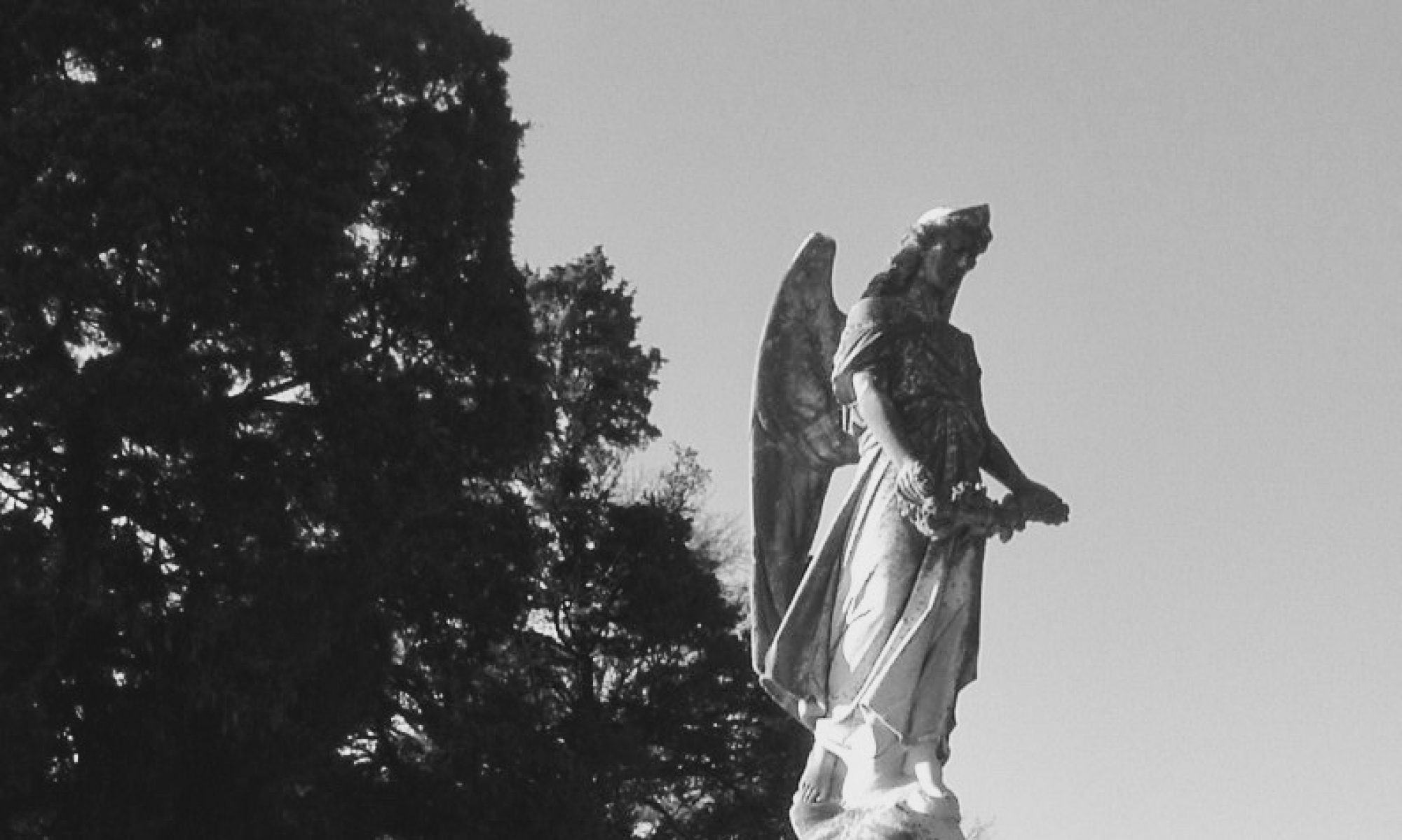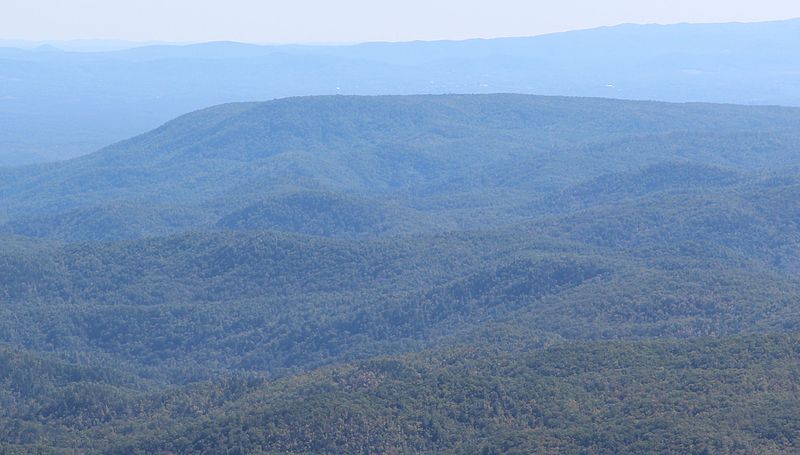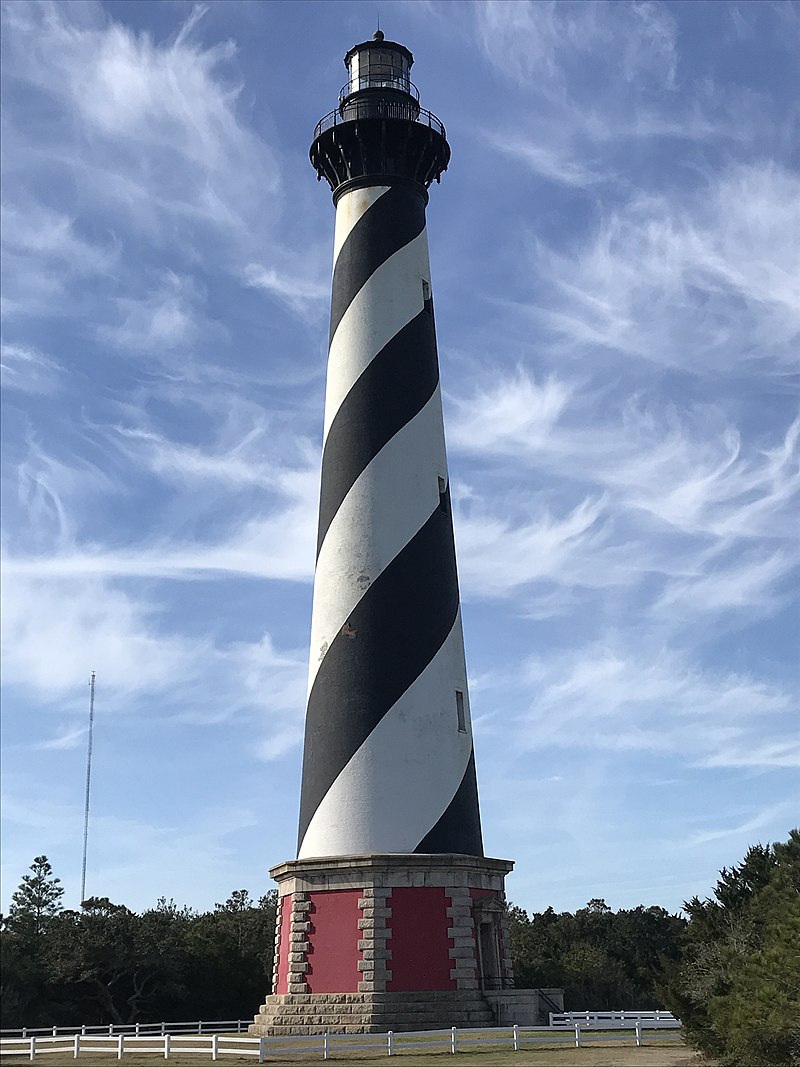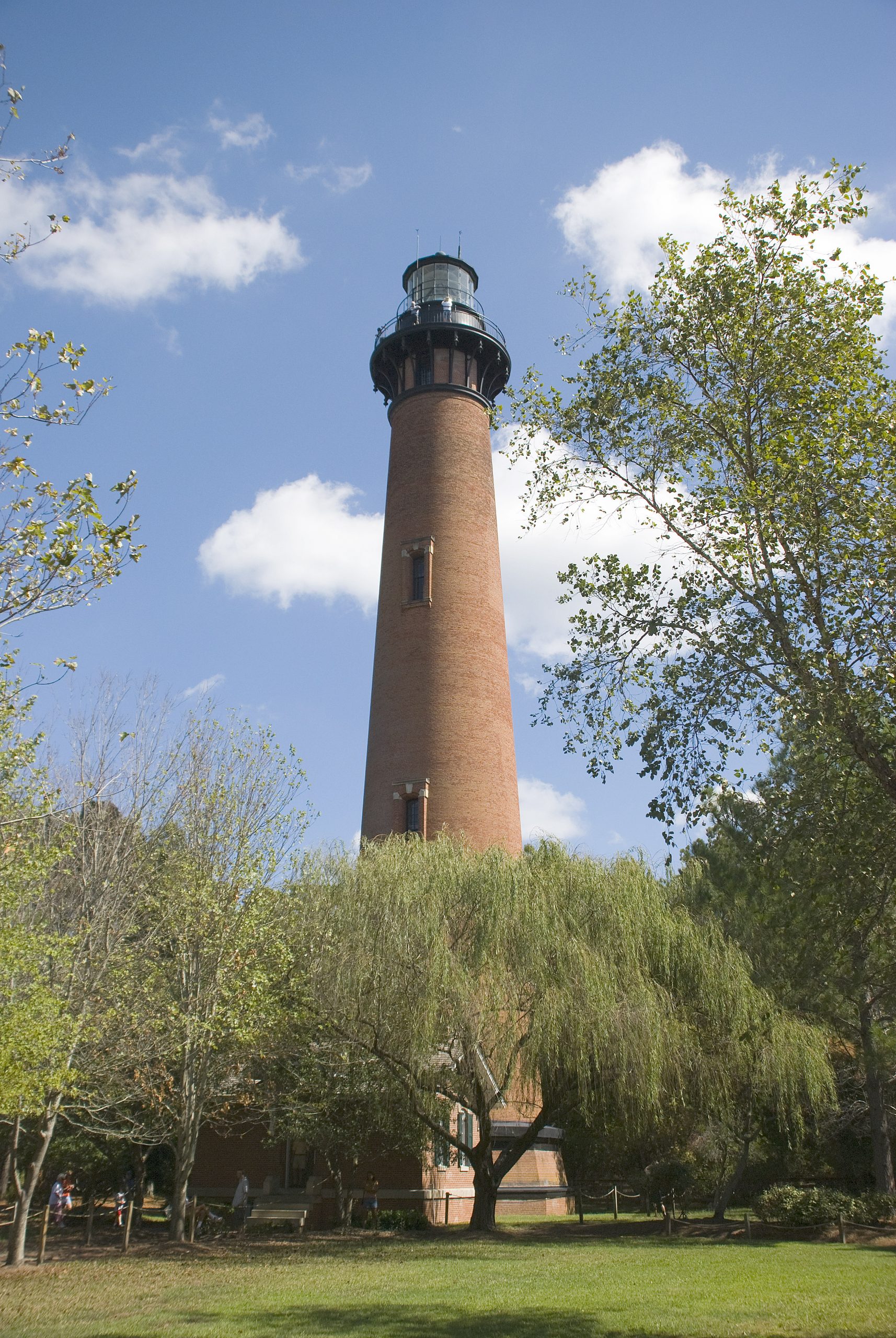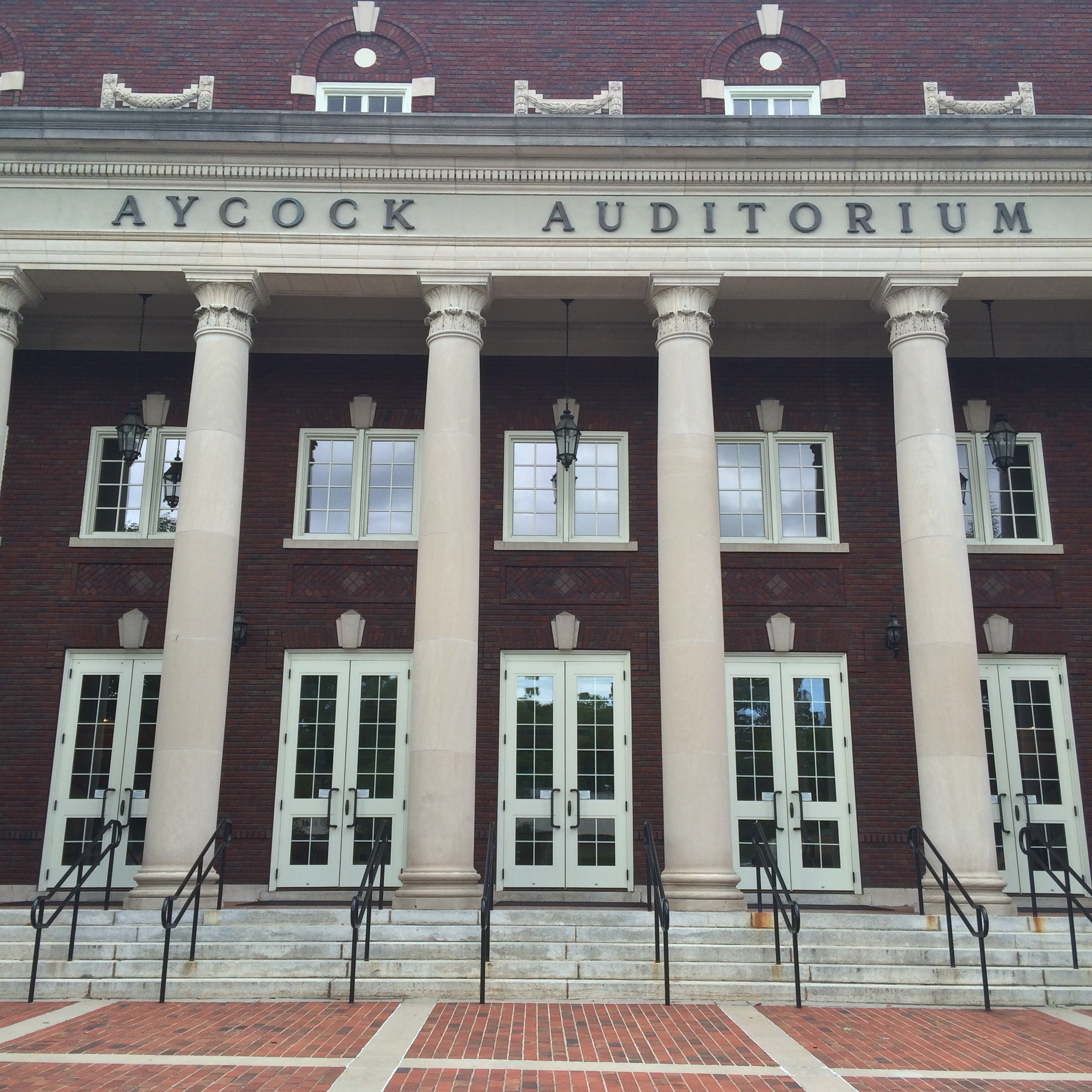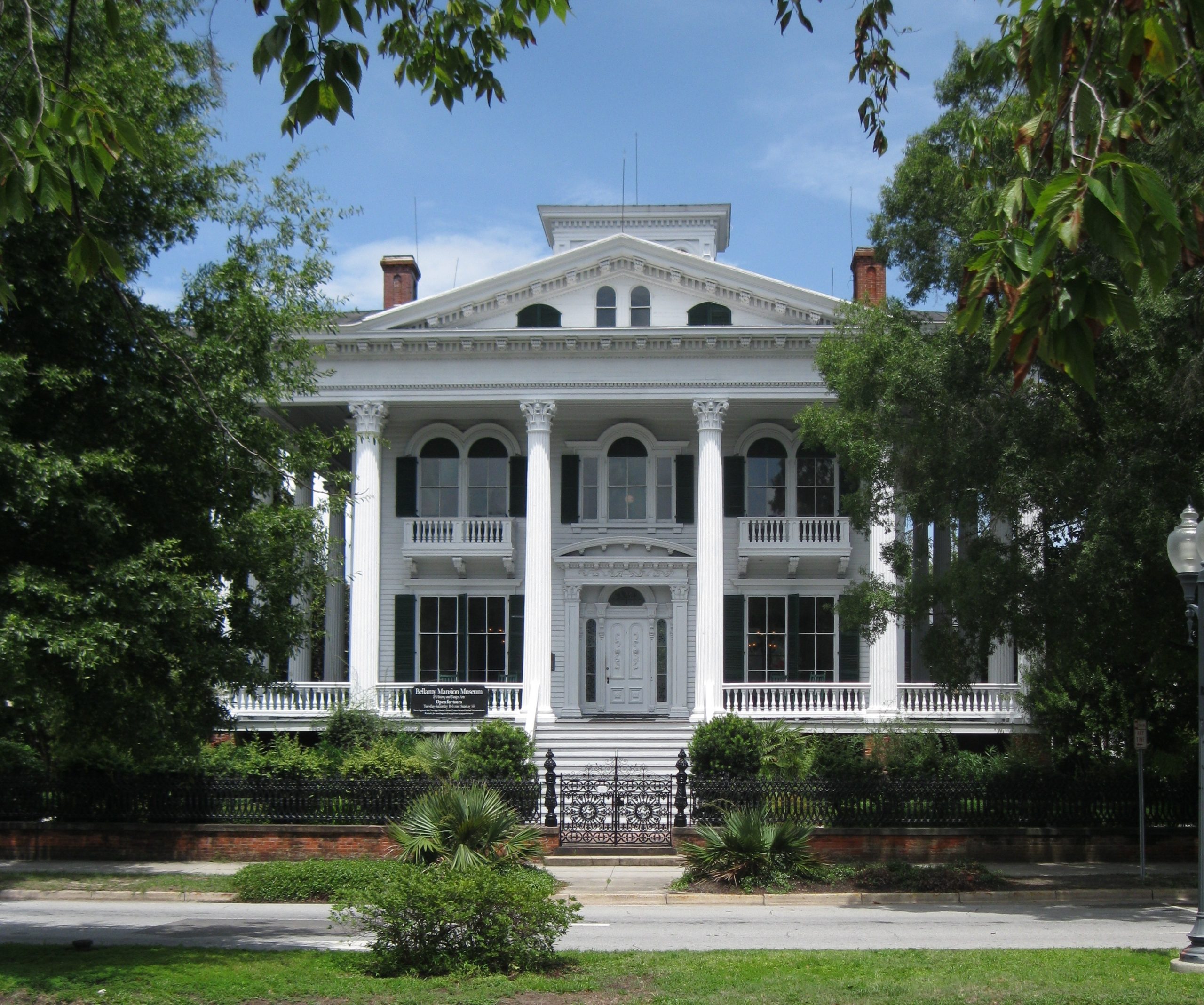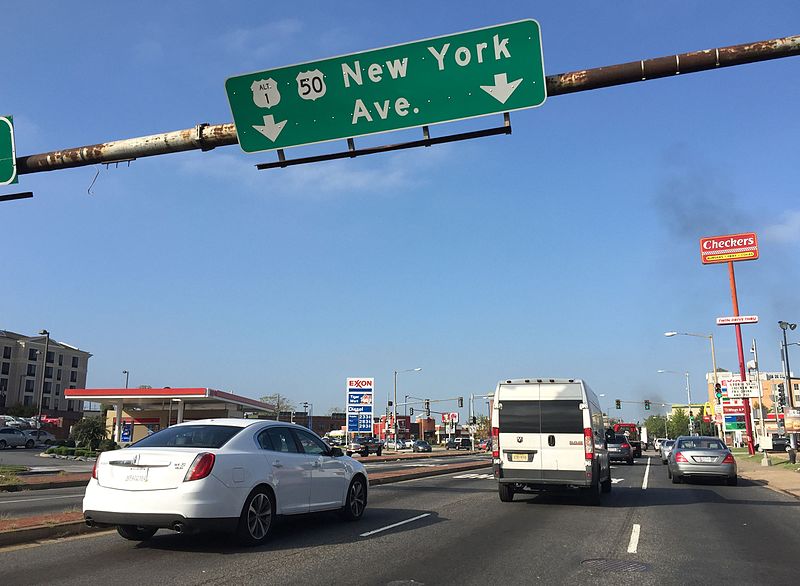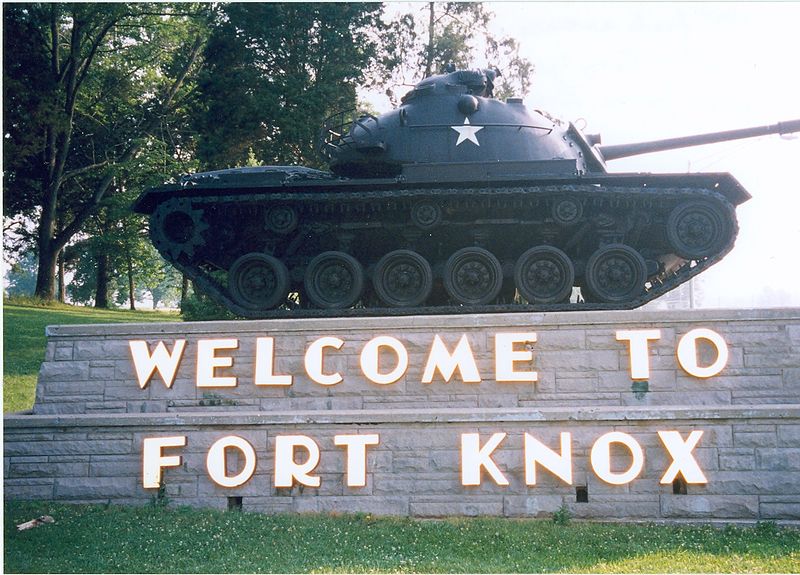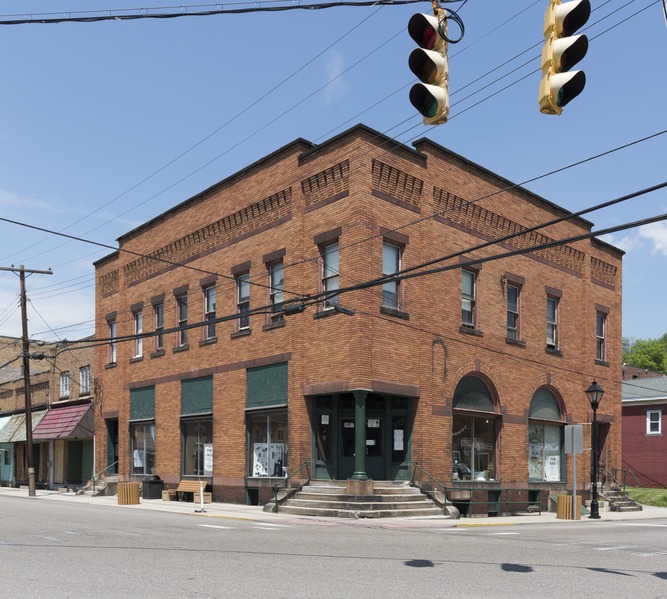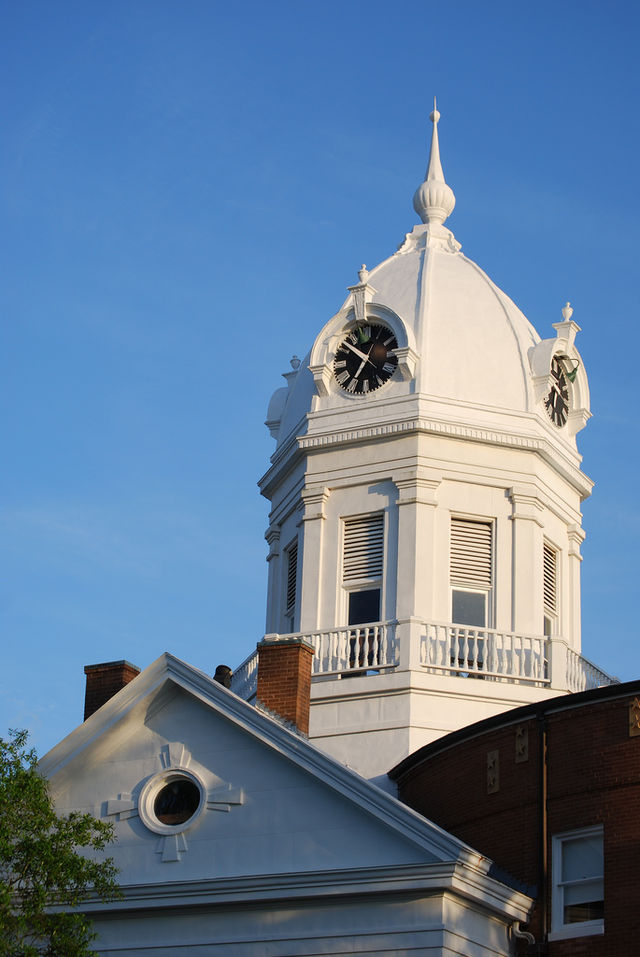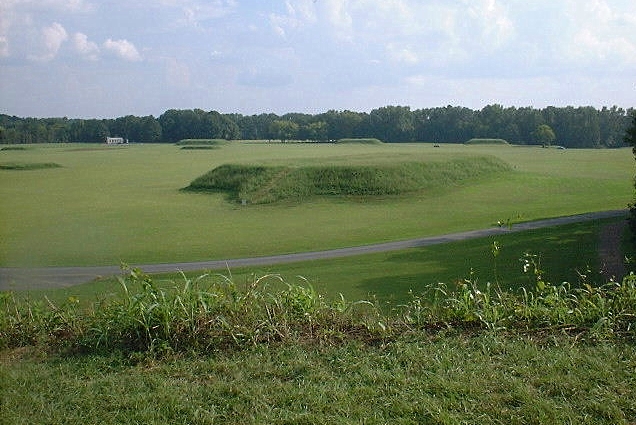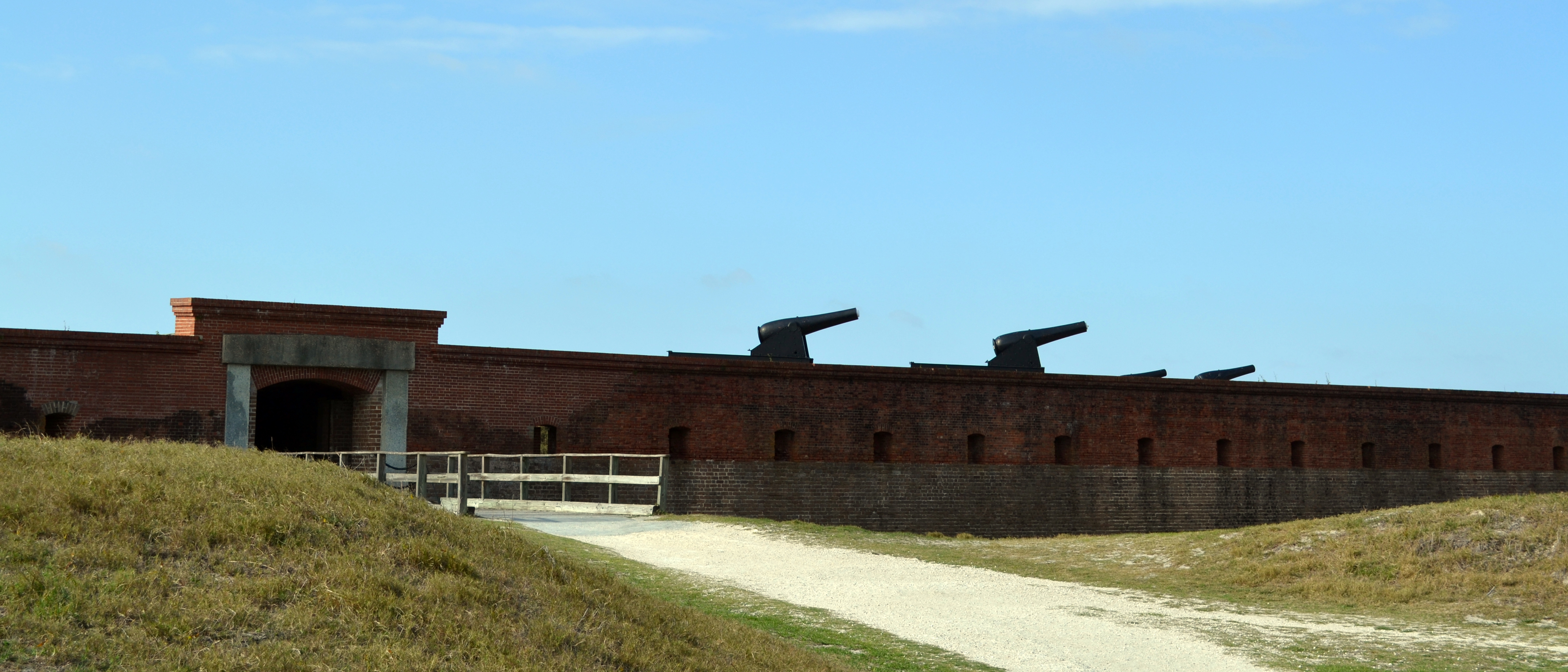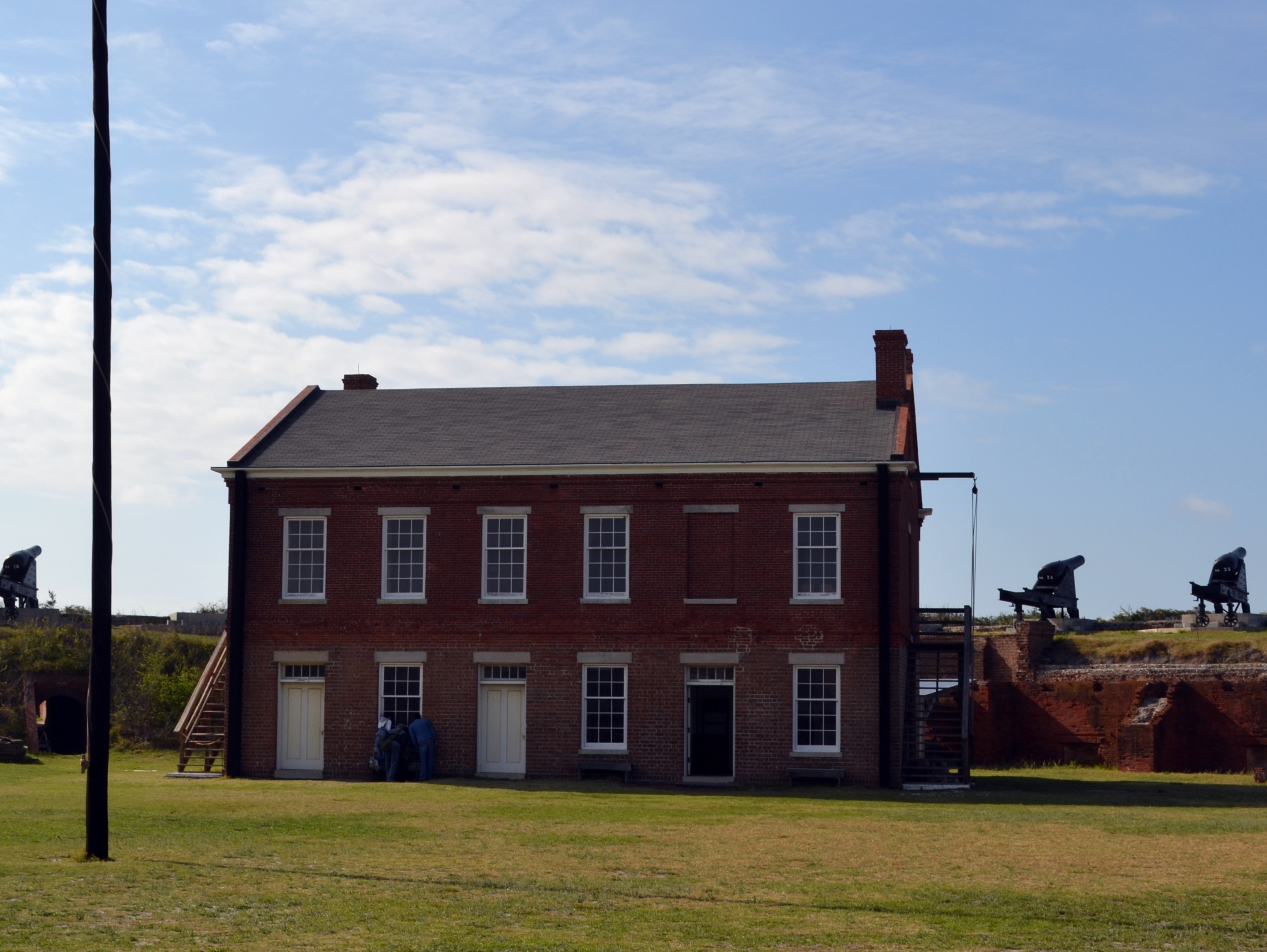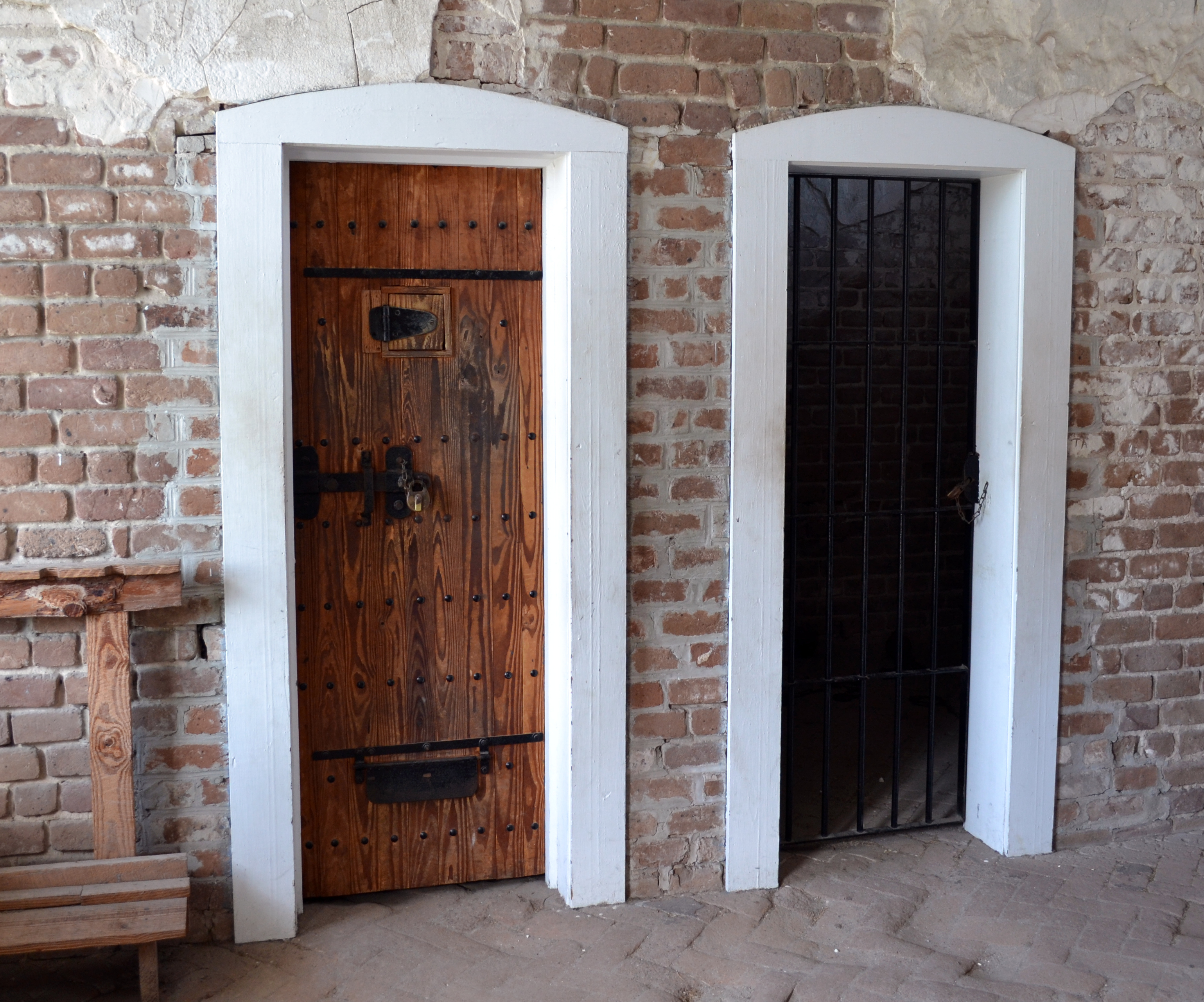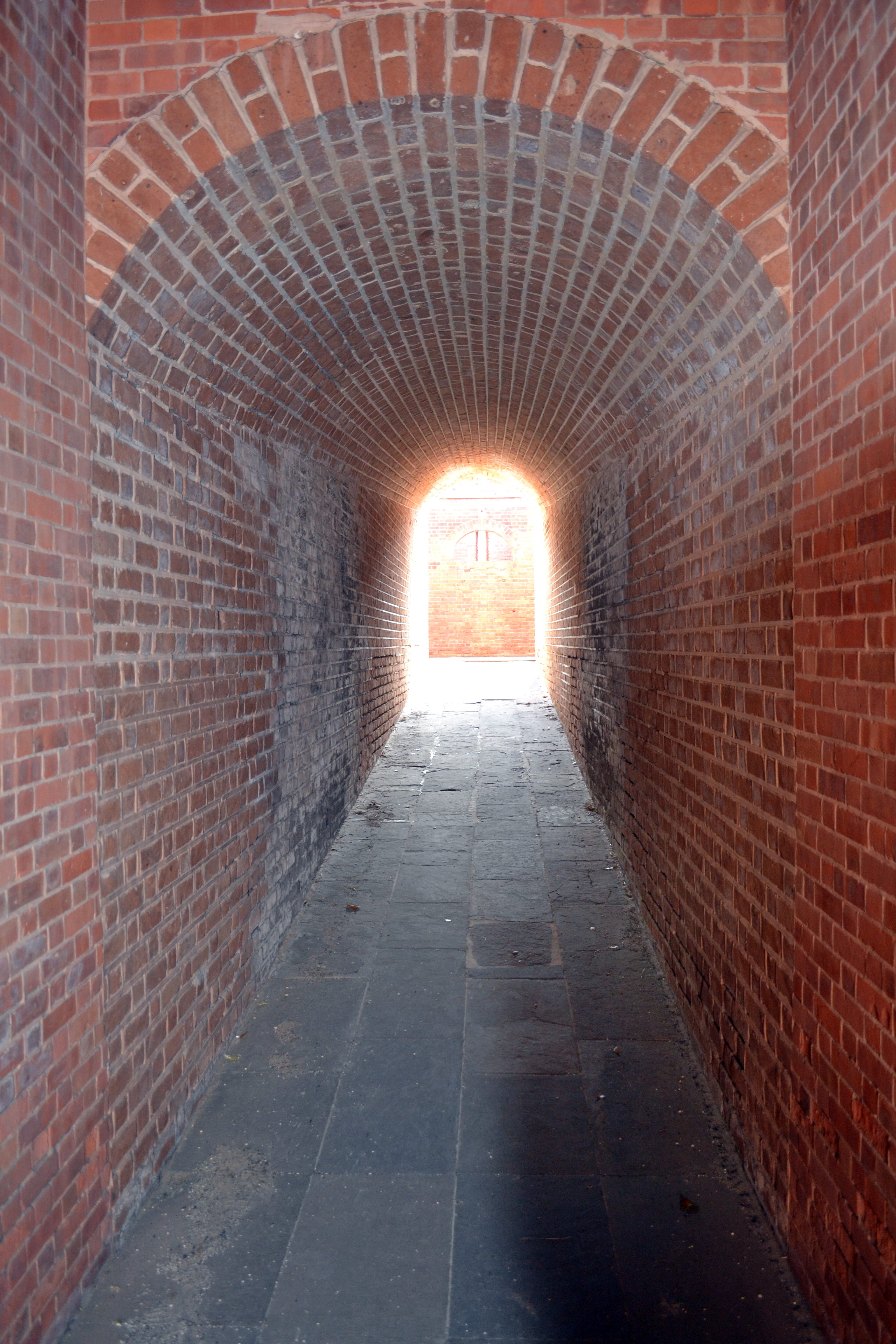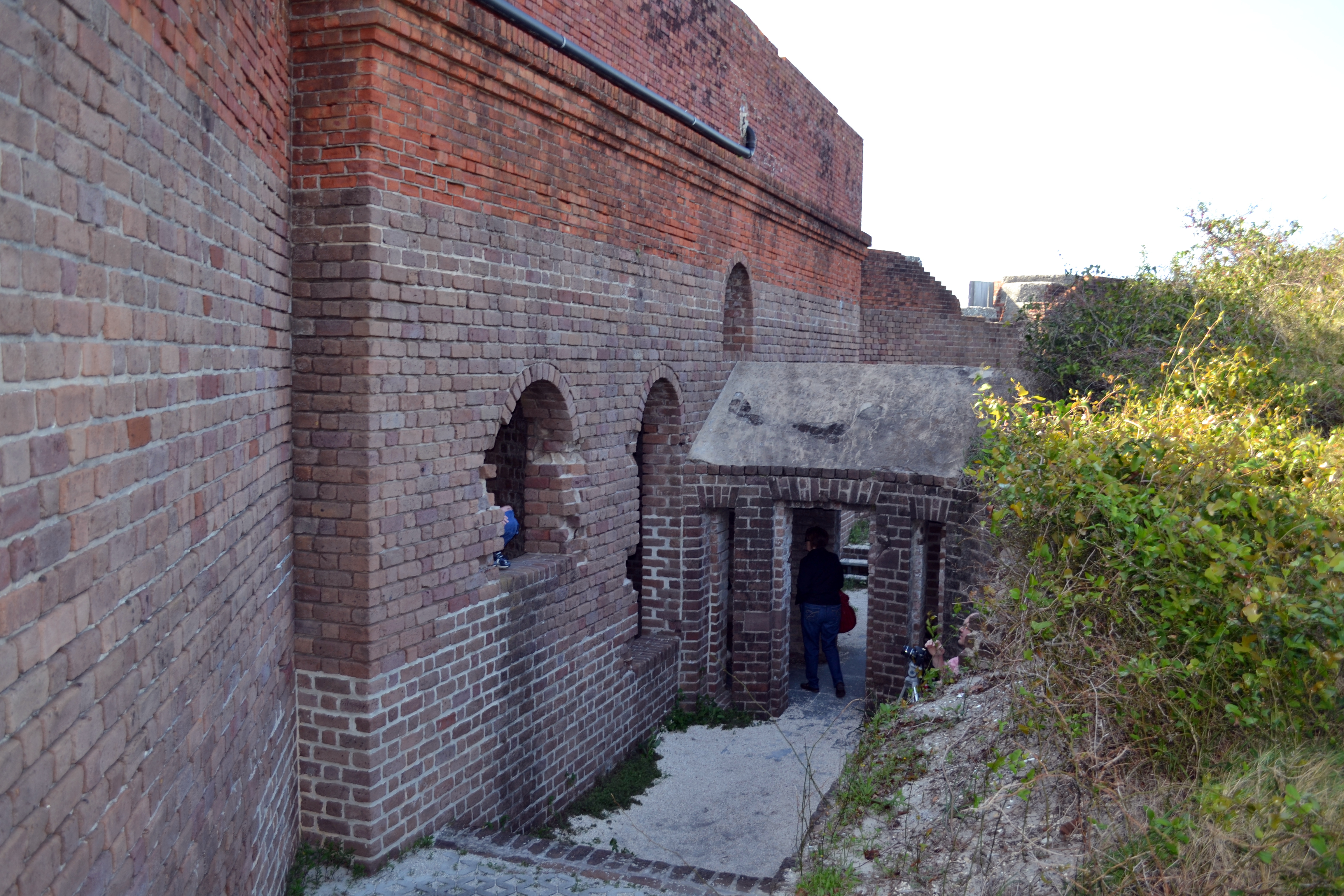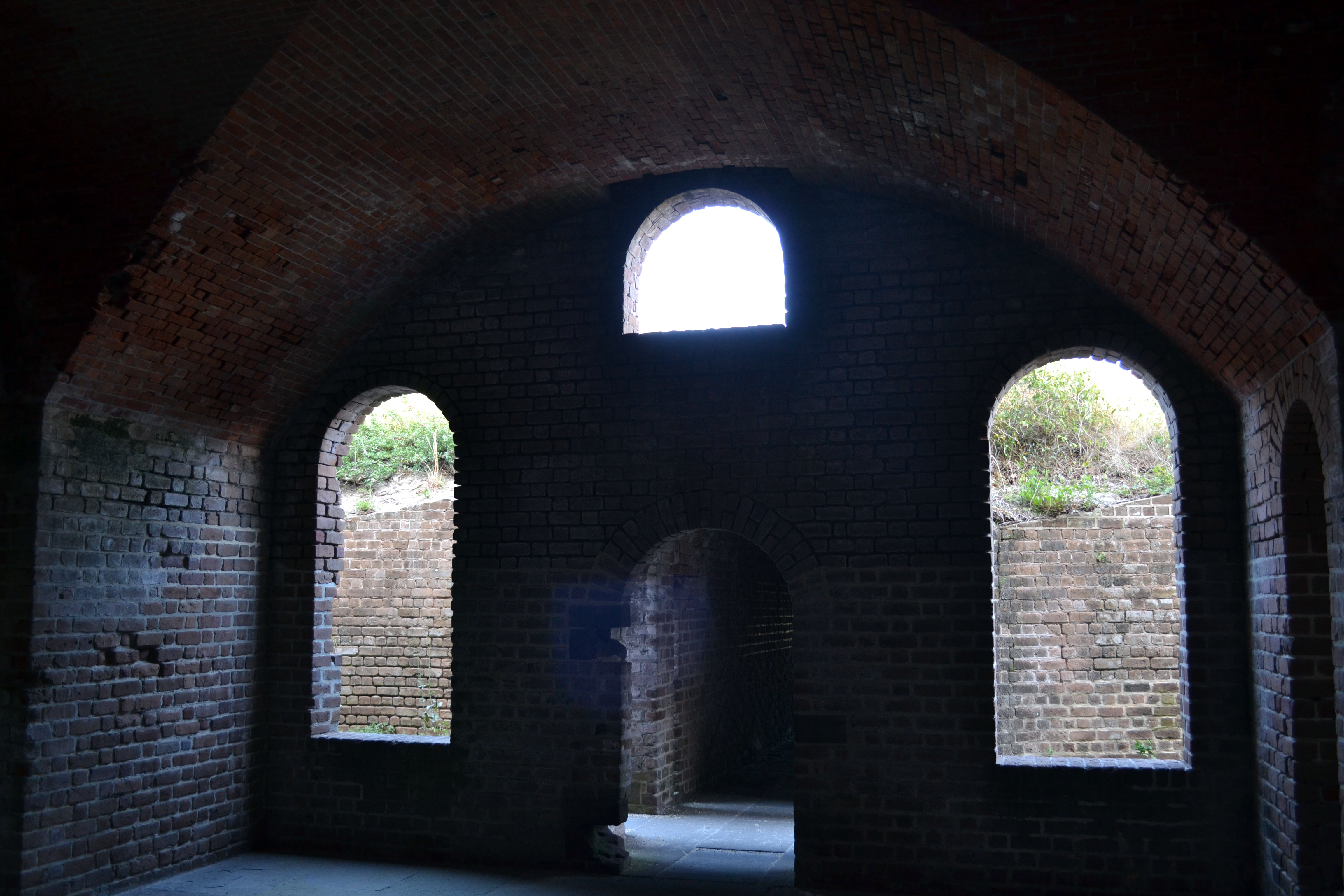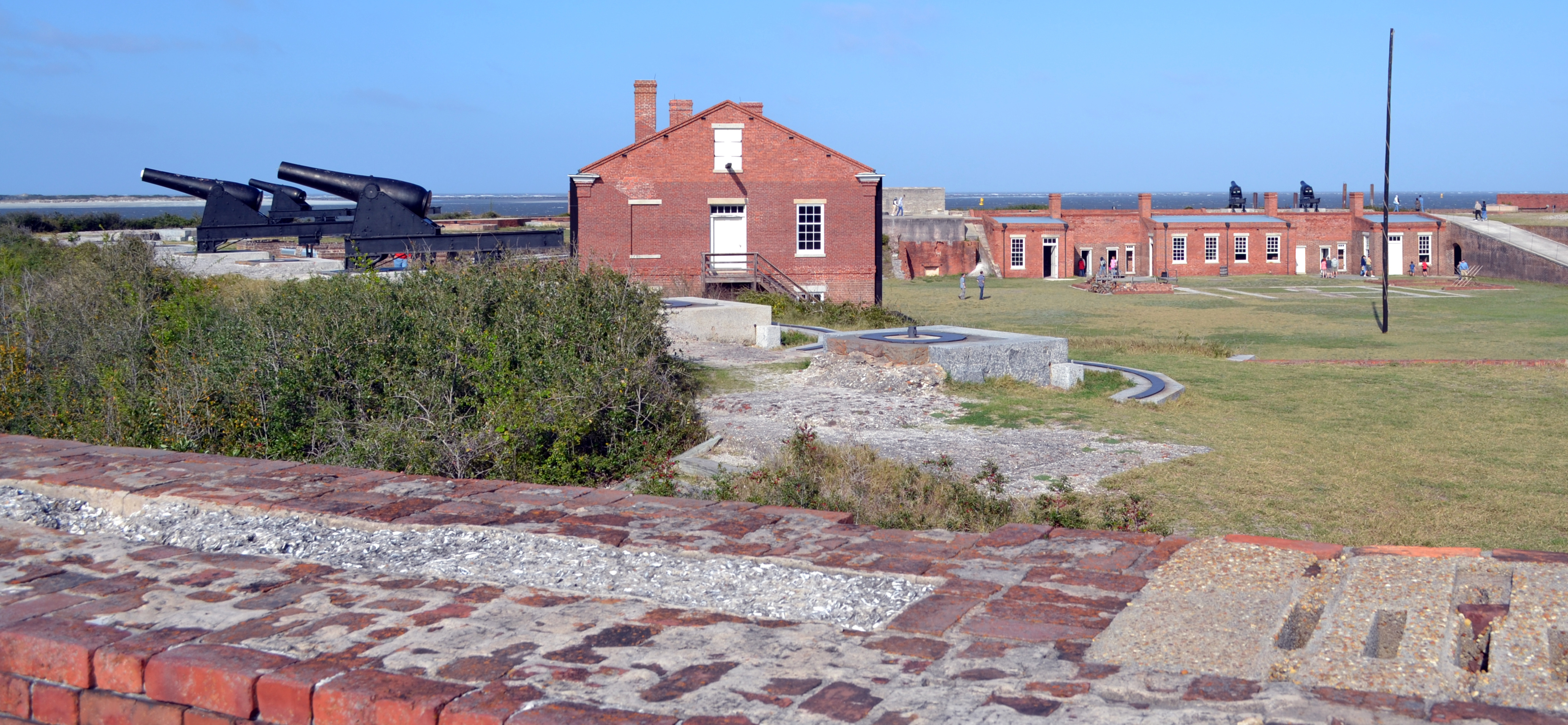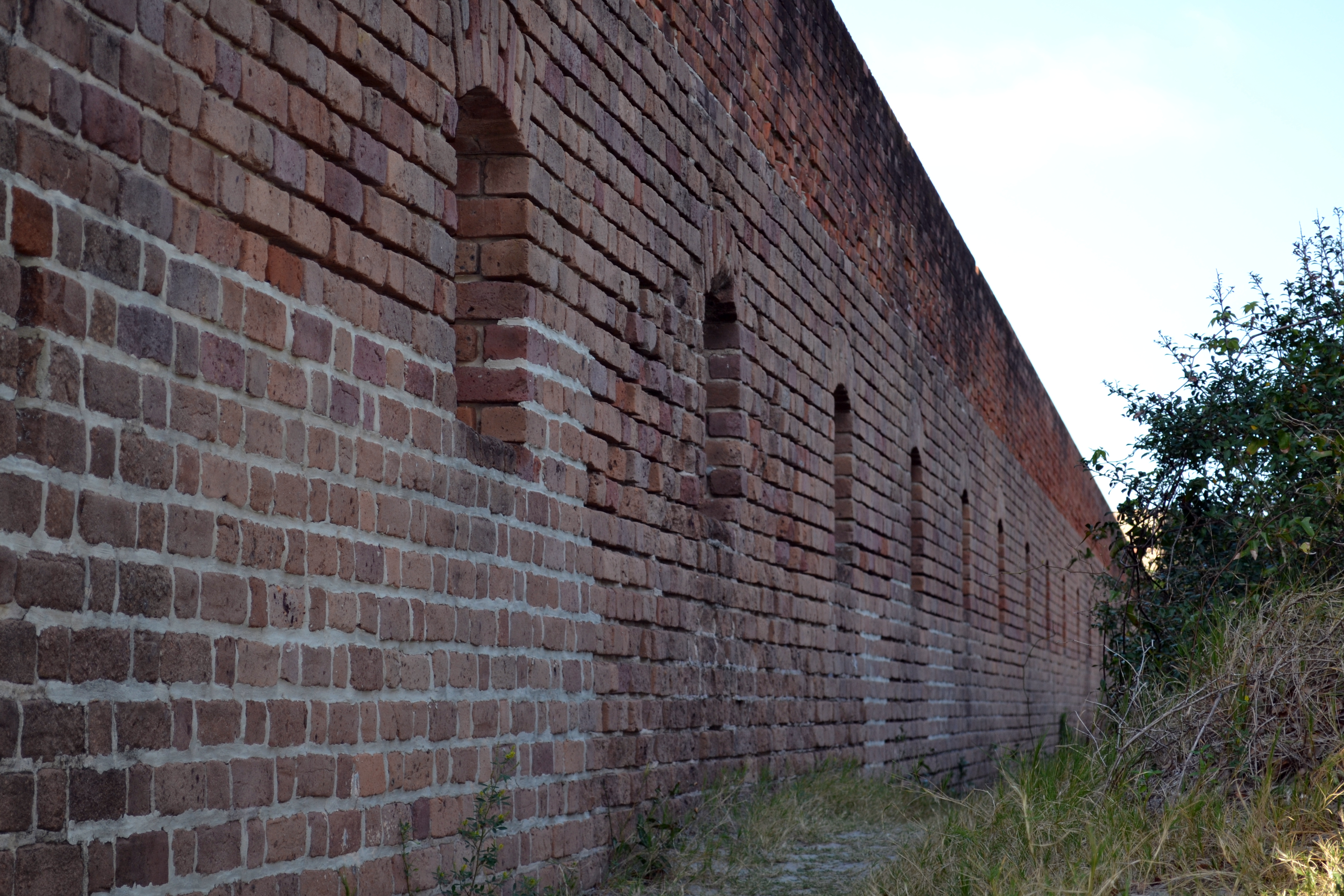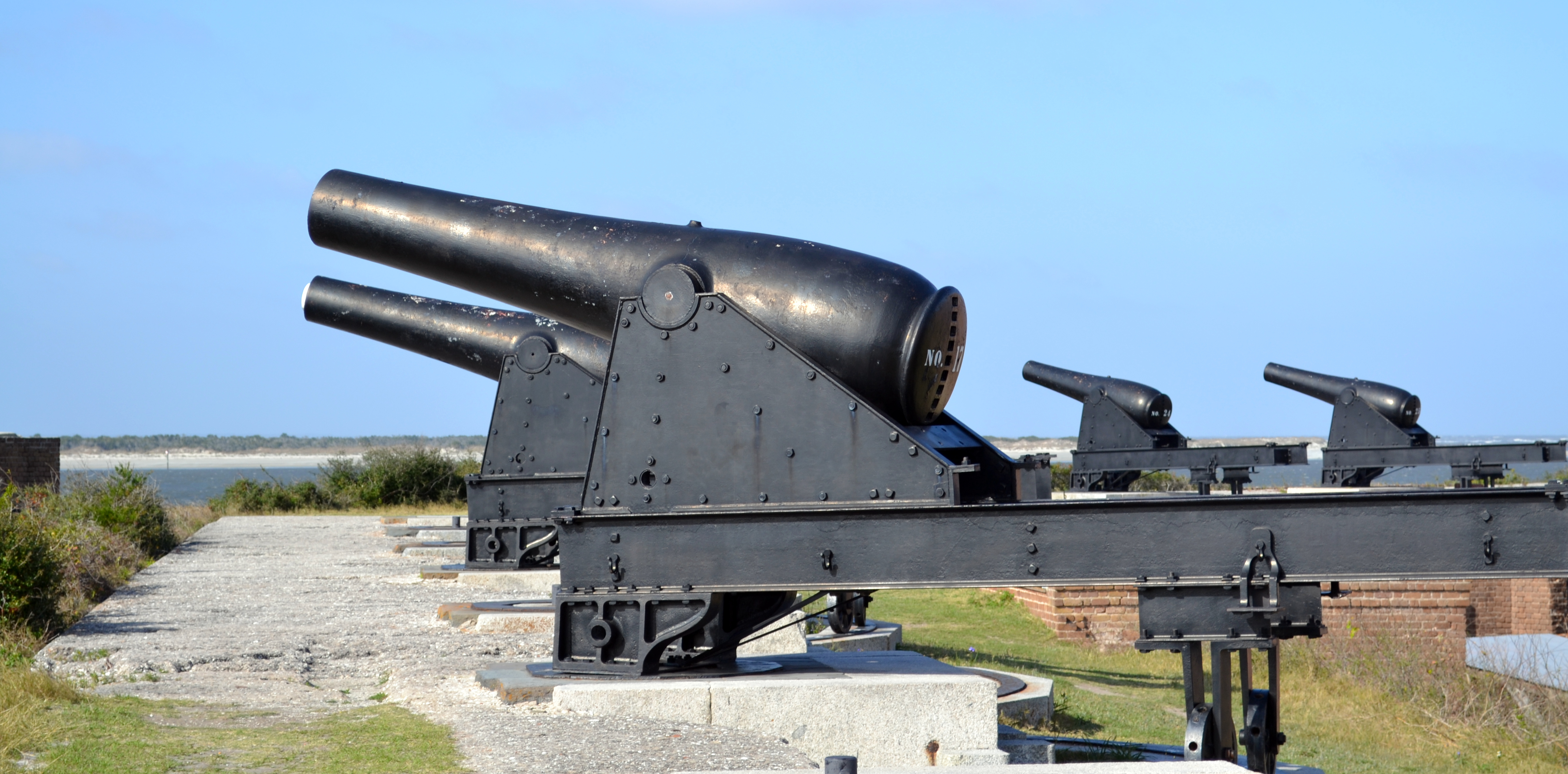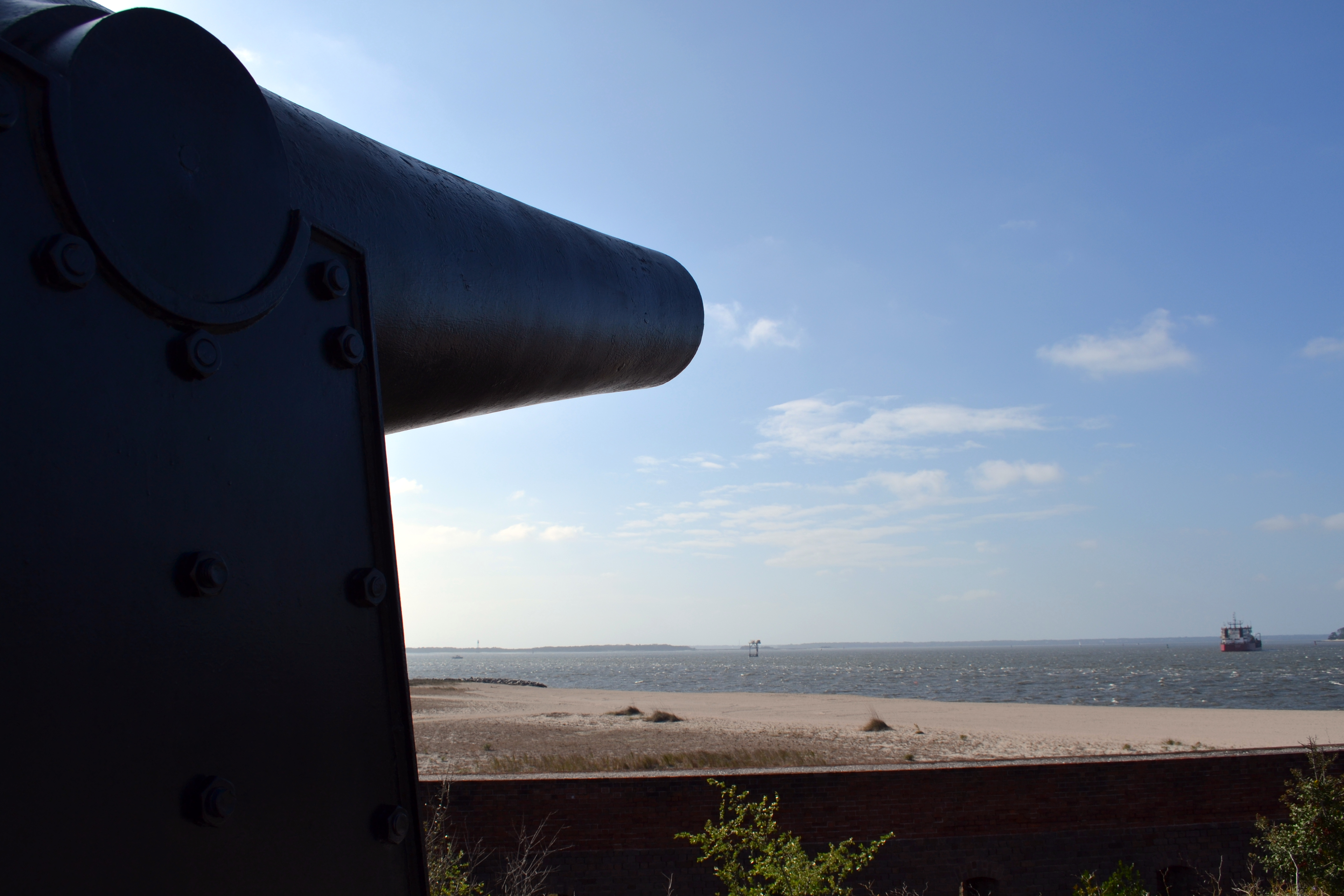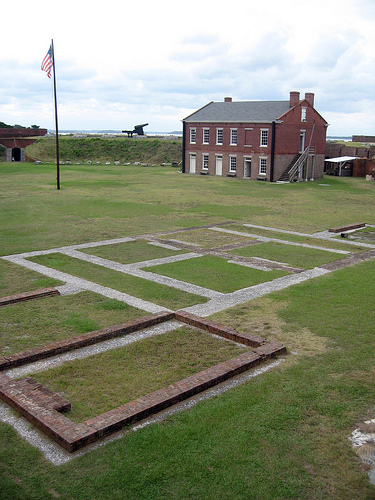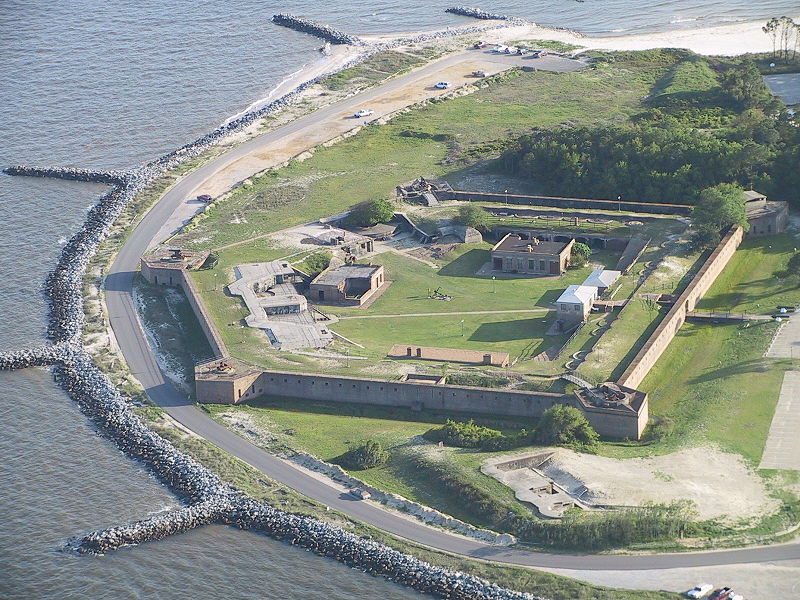Most people have heard of the National Register of Historic Places which was established in 1966 by the Historic Preservation Act. Maintained by the National Park Service (NPS), this list denotes places of historical importance throughout the country and within all U.S. territories and possessions. Since its establishment, it has grown to cover nearly 95,000 places.
While the National Register is widely known, the National Historic Landmark (NHL) program is little known. This program denotes buildings, districts, objects, sites, or structures that are of national importance, essentially a step-up from a listing on the National Register. The criteria for being designated as a National Historic Landmark includes:
- Sites where events of national historical significance occurred;
- Places where prominent persons lived or worked;
- Icons of ideals that shaped the nation;
- Outstanding examples of design or construction;
- Places characterizing a way of life; or
- Archeological sites able to yield information.
Among the listings on this exclusive list are the Independence National Historical Park in Philadelphia; Central Park, the Empire State Building, and the Chrysler Building in New York City; and the White House in Washington. Currently, there are only 2,500 landmarks included on the list.
The state of Maryland has more than 1,500 listings on the National Register and has 76 National Historic Landmarks. In addition to these listings, there are seven other nationally important sites that are owned and operated by the National Park Service, so they are technically National Historic Landmarks, though because they are fully protected as government property and do not appear on the list of NHLs.
This article looks at the Maryland landmarks and other protected properties with reported paranormal activity. This article has been divided up and this looks at the first eleven landmarks on the list.
National Historic Landmarks, Part I
Clara Barton National Historic Site
5801 Oxford Road
Glen Echo
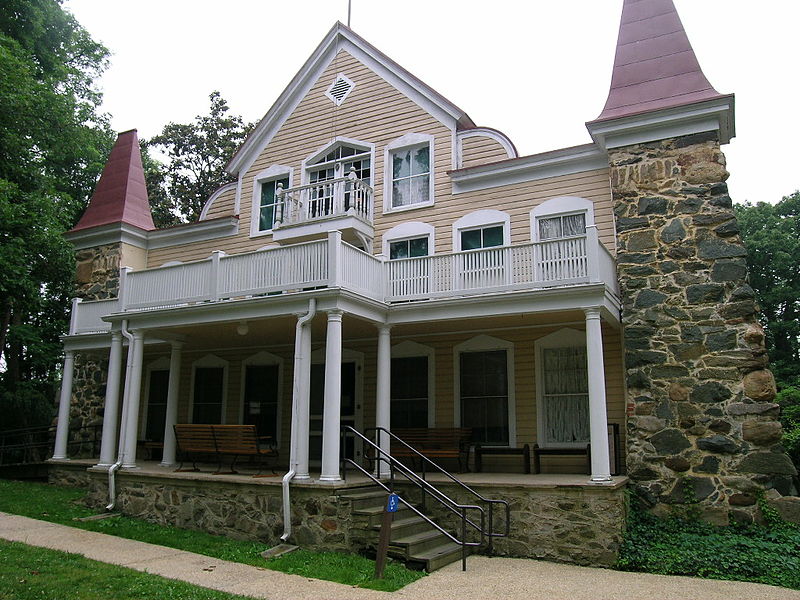
While this site is owned and operated by the National Park Service, it is listed on the list of National Historic Landmarks as well. I have covered this location in my article on “Montgomery County Mysteries.”
Brice House
42 East Street
Annapolis

This masterpiece of Georgian architecture is also counted as part of the National Historic Landmark listed Colonial Annapolis Historic District. I have briefly covered the paranormal activity here in my article, “Brice House Photos—Annapolis.”
Chestertown Historic District
Hynson-Ringgold House (private)
106 South Water Street
Chestertown
Located on the Chester River on the state’s Eastern Shore, Chestertown was a major port town for several decades in the latter half of the 18th century. As a result, the town is graced with a number of grand merchant’s homes, including the Hynson-Ringgold House, which now comprise this NHL historic district.
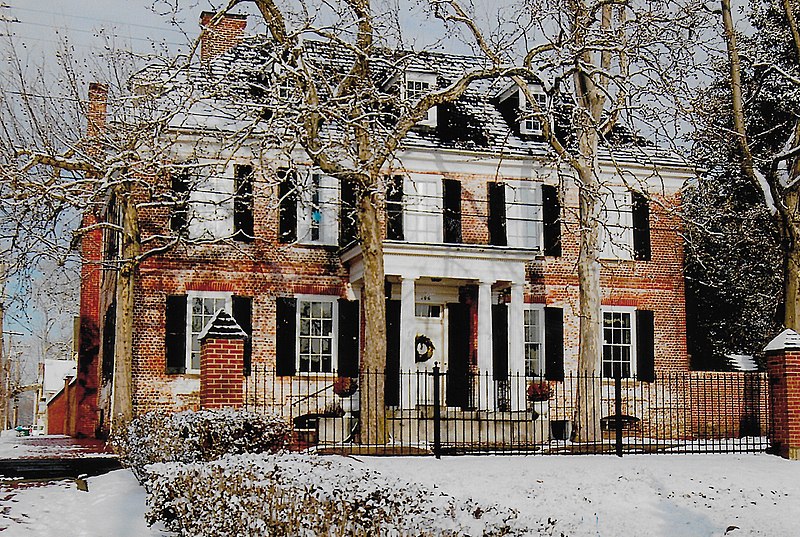
The earliest part of this lovely Georgian house was constructed in 1743. As it passed through the hands of various owners, it has gained many additions. Over the years it has been owned by and attracted luminaries who, and who possibly even remain to haunt it. Since the 1940s, the house has served as the home for the president of Washington College.
Rumors of the house being haunted have been circulated since the 1850s, though the only documented story speaks of a maid who lived and worked in the home in 1916. After having her faced touched while she tried to sleep in the attic garret, she eventually refused to sleep in her room.
Sources
- Chestertown Historic District. Wikipedia, the Free Encyclopedia. Accessed 29 January 2022.
- Daniels, D. S. Ghosts of Chestertown and Kent County. Charleston, SC: History Press, 2015.
- Hynson-Ringgold House. Wikipedia, the Free Encyclopedia. Accessed 29 January 2022.
College of Medicine of Maryland—Davidge Hall
University of Maryland School of Medicine
522 West Lombard Street
Baltimore
Davidge Hall is the oldest medical school building in continuous use in the country, as well as possessing the oldest anatomical theater in the English-speaking world. This elegant, Greek-revival structure was built in 1812 and its anatomical theater reminds us of the dicey issue of anatomical training in early America. While it was important for future physicians to understand anatomy by dissecting human cadavers, there were no established protocols for actually procuring these bodies. Even the most well-established medical institutions and educators often turned to “resurrection men” to steal bodies from local cemeteries and burying grounds, which obviously caused a great deal of consternation among the families of those who were recently deceased.
Dr. John Davidge, an Annapolis-born physician for whom this building was later named, began providing training to local medical students in 1807. Not long after opening his school, which included an anatomical theater, an angry mob interrupted a dissection, stole the corpse and they may have also demolished the building. Following the riot, a bill officially establishing a medical school was passed by the state’s General Assembly. The use of stolen bodies in the College of Medicine ended in 1882 when a bill was passed providing medical schools in the state with the bodies of anyone who had be buried with public funds, including criminals and the indigent.

According to Melissa Rowell and Amy Lynwander’s Baltimore Harbor Haunts, there are reports of disembodied voices and strange sounds within the building. Perhaps the spirits of some of those who were dissected remain here?
Sources
- John G. Waite Associates. National Historic Landmark nomination form for the College of Medicine of Maryland. 15 January 1997.
- Rowell, Melissa and Amy Lynwander. Baltimore Harbor Haunts: True Ghost Stories. Atglen, PA: Schiffer, 2005.
Colonial Annapolis Historic District

The city of Annapolis dates to 1649 when a small settlement named Providence was established on the shore where the Severn River enters the Chesapeake Bay. Throughout the 18th century, the village grew into a prosperous port and administrative city. Its importance was recognized when it was named as the temporary capital of the United States following the Treaty of Paris in 1783.

With its dearth of colonial buildings, much of its historic district was promoted to a National Historic Landmark in 1965. Of course, with much of the historic built environment remaining many of these structures are haunted. Two taverns among them—Middleton Tavern and Reynolds Tavern—that I covered in my article, “One national under the table’—The Haunted Taverns of Annapolis.”
USS Constellation
Pier 1, 301 East Pratt Street
Baltimore

The last remaining sail-powered warship designed and built by the United States Navy, the USS Constellation was constructed here in Baltimore in 1854 and includes parts from the first Constellation constructed in 1797. Since the ship was decommissioned and preserved as a museum ship in 1955, stories have come from visitors and staff alike of ghosts and assorted paranormal activity being witnessed on board. The same year the ship opened to the public, a photographer remained aboard the ship late one night hoping to capture the image of one of the ship’s ghost. He was rewarded with the image of a 19th century captain striding upon the deck captured on film. I have covered his story here.
B & O Ellicott City Station Museum
2711 Maryland Avenue
Ellicott City
There is perhaps no better place to meet one of Ellicott City’s spectral residents than the old Baltimore & Ohio Train Station in downtown. One local resident discovered this fact as he walked to work one foggy morning. Just outside the old station he was approached by a young boy who was apparently lost. The resident told the little boy he would help him find his mother. Taking his hand, they began to walk towards the restaurant where the man worked. Oddly, the man didn’t take any heed to the boy’s old-fashioned clothing, but as they neared the restaurant the child let go of the man’s hand. As he turned the man was shocked to see no one behind him. The little boy had vanished.

The Ellicott City Train Station was witness to the first rail trip ever made in this country on May 24, 1830. That day a horse drawn rail car opened rail service spanning the twenty-six miles between Baltimore and Ellicott City. That day, the station was being built and would be completed in 1831. Over the last nearly two hundred years, as rail service has come and mostly gone in the United States, this station has remained standing and is now one of the oldest remaining train stations in the world and the oldest in this country. Throughout its history it has seen the comings and goings of the citizens of Ellicott City including many sad farewells and happy greetings, all of them leaving their psychic traces on the thick stone walls.
The little boy encountered by the restaurant employee is not the only spectral resident that has been seen here. Staff and visitors alike continue to have odd experiences in the museum.
Sources
- Mendinghall, Joseph Scott. National Register of Historic Places nomination form for Ellicott City Station. 25 February 1975.
- Noratel, Russ. Ellicott City’s Guide to Haunted Places. Cosmic Pantheon Press, 2008.
Fort Frederick
11100 Fort Frederick Road
Big Pool
Amidst the hostilities of the French and Indian War (1754-1763), Fort Frederick was constructed on the Maryland frontier to provide shelter and protection attacks from Native Americans and the French. During the Pontiac Uprising of 1763, hundreds of frontier residents found shelter within the fort. During the American Revolution, the fort was pressed into service as a POW prison, housing up to a thousand British and Hessian soldiers at one point. After the founding of the fledgling United States, it was no longer needed and sold at public auction. As fighting broke out during the Civil War, however, the fort was once again pressed into service, although it was quickly found to be unnecessary. The state of Maryland acquired the site as a park in 1922.
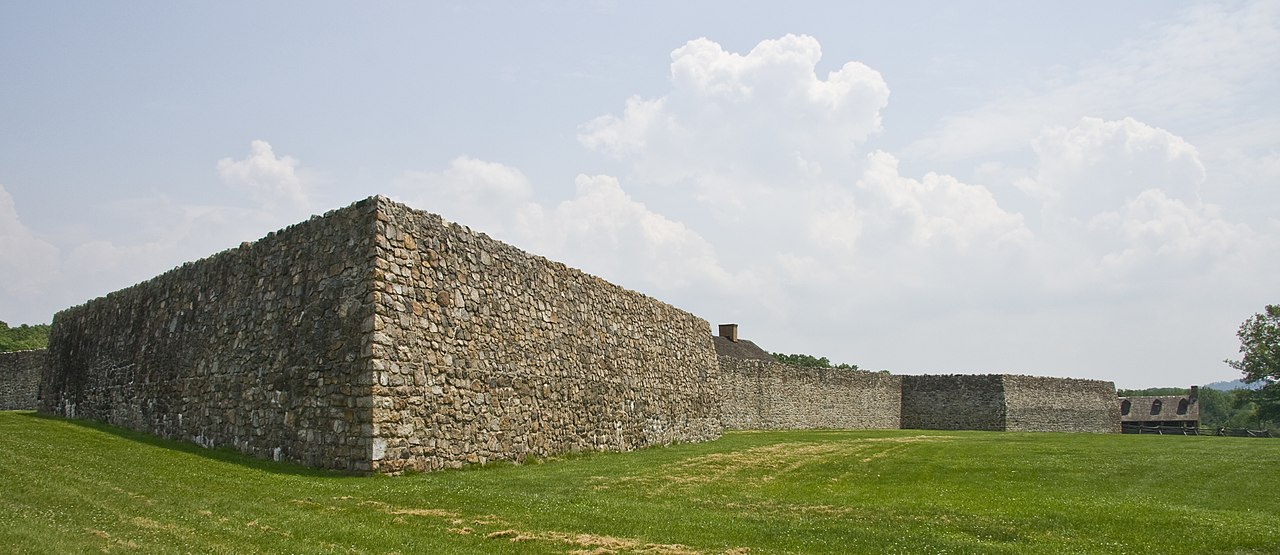
While the fort saw mercifully little action, many deaths occurred within its walls from disease. From these grim times of illness, spirits have been left who continue to roam the old battlements and grounds. Among them, a “Lady in White” has been seen drifting through the fort.
Sources
- Fair, Susan. Mysteries and Lore of Western Maryland. Charleston, SC: History Press, 2013.
- Snell, Charles W. National Register of Historic Places nomination form for Fort Frederick. 2 January 1973.
Hammond-Harwood House
19 Maryland Avenue
Annapolis
Annapolis has a wealth of colonial brick mansions, all of which are a part of the Colonial Annapolis Historic District, and several of which are important enough to afford individual listings as National Historic Landmarks, including Brice House, the William Paca House, the Chase-Lloyd House (just across the street), and the Hammond-Harwood House. These homes may also share an architect in common, William Buckland. Unfortunately, some of the homes are only attributed to his had as documentation has not survived.
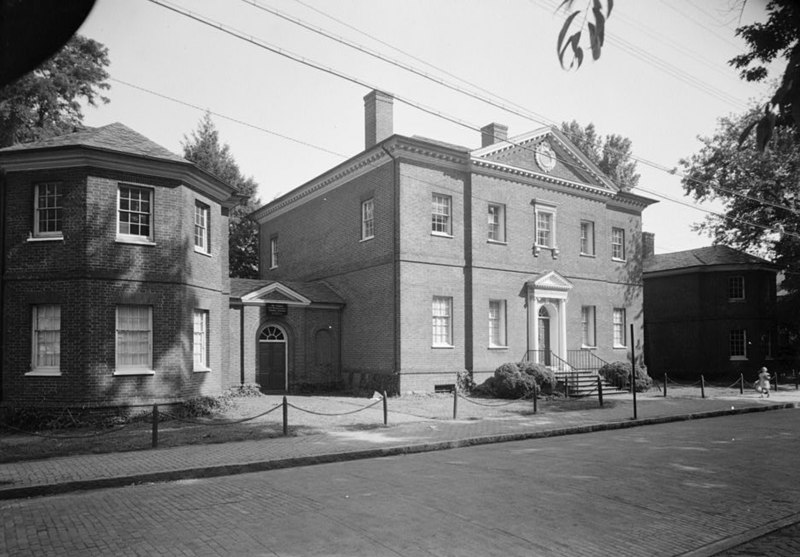
The Hammond-Harwood House is considered most likely to have been designed entirely by Buckland. In fact, the front elevation of the house can be seen in painter Charles Wilson Peale’s contemporary portrait of the architect. On the table at Buckland’s side is a piece of paper with a drawing of the home. It is known, however, that the home’s design was adapted by Buckland from a plate in Andrea Palladio’s 1570 magnum opus, I Quattro Libri dell’Architettura (Four Books of Architecture).
Construction on this home for Matthias Hammond, a wealthy planter with fifty-four tobacco plantations, in 1774. The magnificent manse remained a private home for a succession of wealthy families until St. John’s College purchased the house in 1924. A non-profit took over operation of the home in 1940 and it remains a house museum.
Over the years, a legend has sprung up regarding Matthias Hammond’s fiancée. It is believed that Hammond may have never occupied the house once it was completed and the legend states that he neglected his fiancée during the construction, much to her chagrin. Tired of waiting for completion on the mansion, she broke off the engagement, though she later returned to him as a mistress. Witnesses have spotted a woman in colonial dress peering from the windows of the home and have claimed that the spirit may be the aggrieved mistress. Upon her death, she was buried on the property in a secret crypt. According to writer Ed Ockonowicz’s interview with the home’s manager, this legend is not true.
Sources
- Hammond-Harwood House. Wikipedia, the Free Encyclopedia. Accessed 21 February 2022.
- Okonowicz, Ed. The Big Book of Maryland Ghost Stories. Mechanicsburg, PA: Stackpole Books, 2010.
- Shedd, Charles E. Jr. and Patricia Heintzelman. National Register of Historic Places nomination form for the Hammond-Harwood House. 30 July 1974.
Kennedy Farm
2406 Chestnut Grove Road
Sharpsburg
In the dark years prior to the Civil War, John Brown began to formulate plans to liberate the enslaved population. In 1858, he cast his eyes on the small town of Harpers Ferry, Virginia with its Federal armory. His plan was to use his motley crew of men to capture the armory and use the arms stashed there to arm local slaves and foment rebellion. He rented a small farm that had once been home to the late Dr. Booth Kennedy several months before the planned attack. In this spot on the Maryland side of the Potomac River Brown and his men drew up plans for his raid and gathered arms. The raid was put into action on October 16, 1859 and lasted until the arrival of General Robert E. Lee with a detachment of Marines from Washington.

The raiders holed themselves up in a fire engine house which came under fire from the Marines. Eventually the soldiers were able to break their way inside and arrested all the remaining raiders including Brown himself. Brown was quickly put on trial for his leadership in the raid and was executed in nearby Charles Town roughly a month and a half after the failed raid began, on December 2. Since his death, his spirit has been drawn back to many of the places associated with the raid, including the Kennedy Farm.
In 1989, a reporter from the Washington Post interviewed a student who was renting a room inside the historic farmhouse. He reported hearing the sounds of footsteps climbing the stairs to the farmhouse’s second floor where the conspirators slept in the days leading up to the raid. He told the reporter, “it sounds like people are walking up the stairs. You hear snoring, talking and breathing hard. It makes your hair stand up on end.” The student and his roommate would often play video-games late into the evening to avoid going to bed, after which activity usually started. In the years since the interview, a number of people associated with the building have also had frightening experiences there.
Sources
- John Brown’s raid on Harpers Ferry. Wikipedia, the Free Encyclopedia. Accessed 22 February 2022.
- Levy, Benjamin. National Register of Historic Places nomination form for the Kennedy Farm. 16 June 1973.
- Thomas, Dana. “On a tour of Harpers Ferry’s favorite haunts.” Washington Post. 31 October 1989.
Maryland State House
State Circle
Annapolis
Located at the center of State Circle, the Maryland State House is the oldest state capitol building still in use, having been built in the final decades of the 18th century. Construction began on the building in 1772 and it was finally completed in 1797, after being delayed by the American Revolution. Even in its incomplete state, the building was used between 1783 and 1784 as a meeting place for the national Congress of the Confederation.
The building’s most prominent feature is the central drum topped with a graceful dome and cupola. So prominent is this feature that it appeared on the back of the Maryland state quarter when it was produced in 2000. This dome plays a part in the capitol’s ghost story.
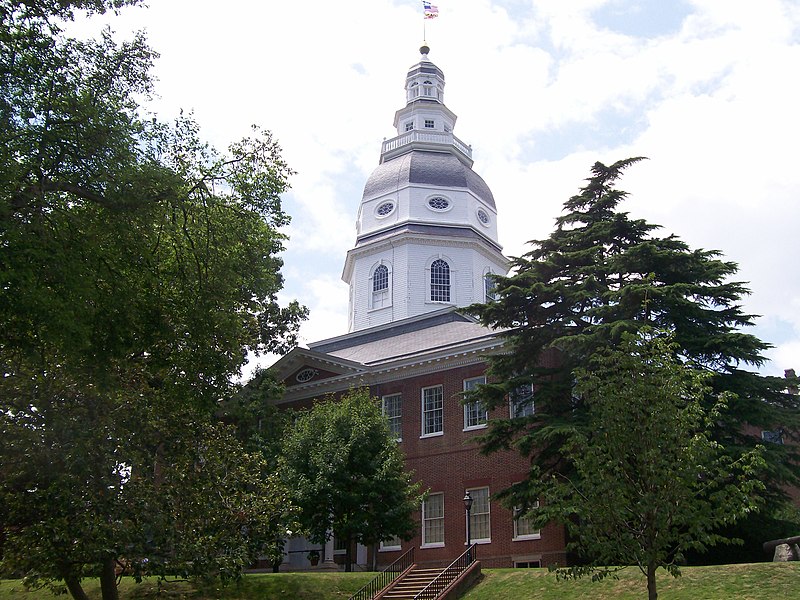
Legend speaks of a plasterer, Thomas Dance, who was killed while he worked on the building when he fell from the scaffold upon which he was working. According to a guide from the Annapolis Ghost Tour, the contractor refused to pay Dance’s pension and outstanding wages to his family and confiscated his tools, leaving his family destitute.
While it is not known what has kept Mr. Dance’s spirit bound to the state house, he is blamed for much of the paranormal activity within the building. The spirit of a man seen walking on the balustrade at the top of the dome and within the building at night is believed to be Dance. Flickering lights and blasts of chilly air experienced by the living here are also blamed on him.
Sources
- Maryland State House. Wikipedia, the Free Encyclopedia. Accessed 27 February 2022.
- Mendinghall, Joseph Scott. National Register of Historic Places nomination form for the Maryland State House. 18 February 1975.
- Ed. Haunted Maryland. Mechanicsburg, PA: Stackpole Books, 2007.
- Wilson, Jonathan. “Haunted Annapolis: Ghosts of The Capital City.” 26 October 2012.
